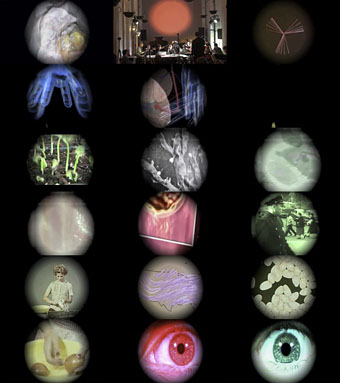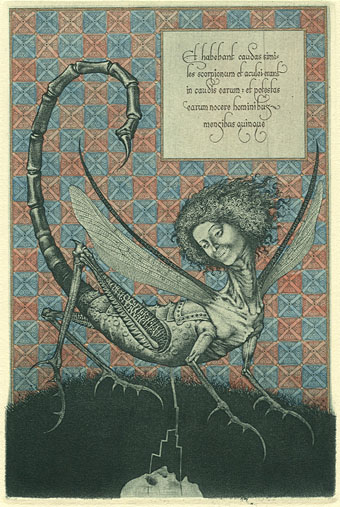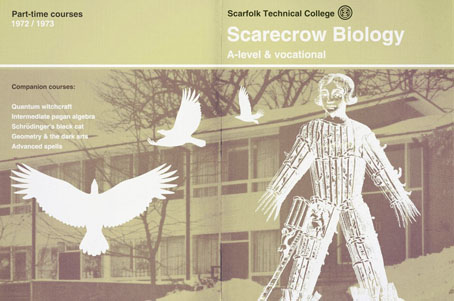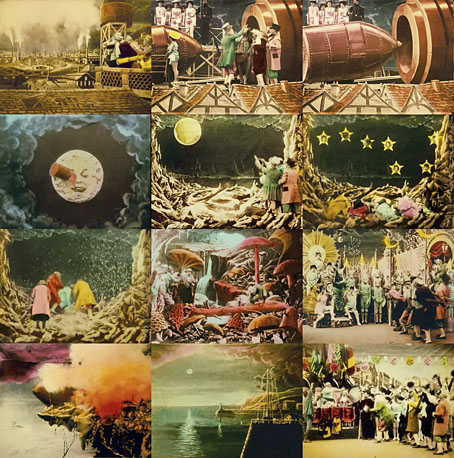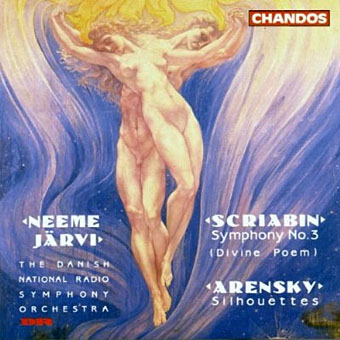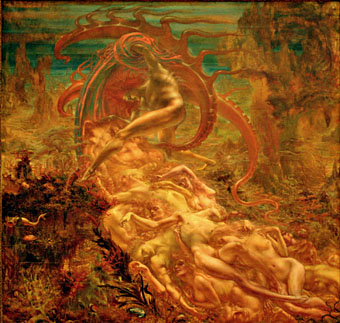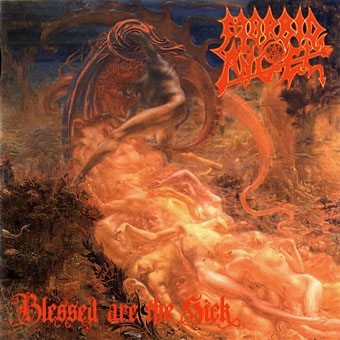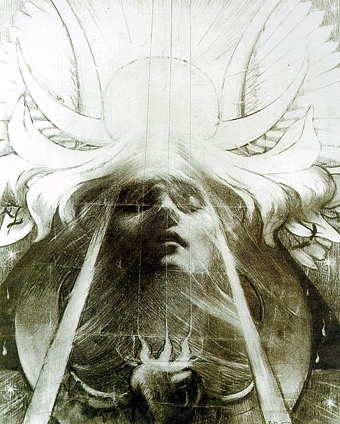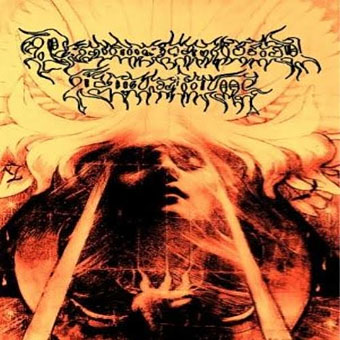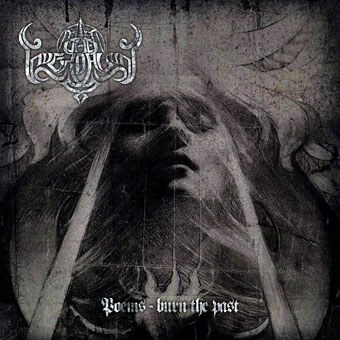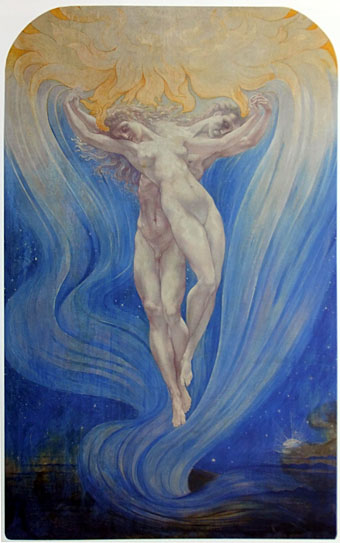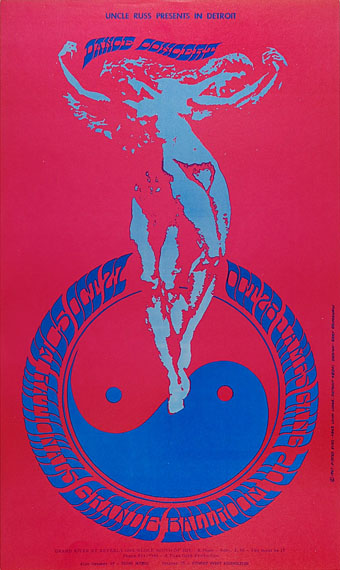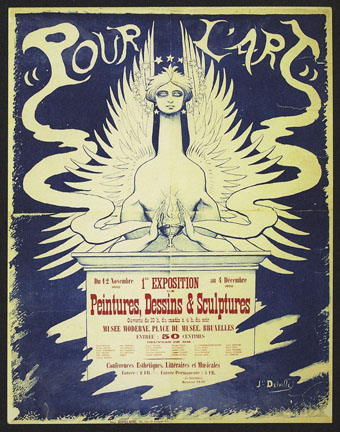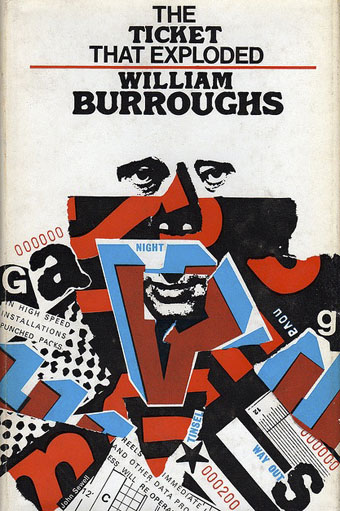
The book that made my head explode when I was 16. Calder & Boyars edition, 1968; design by John Sewell.
Years ago the idea of an opera based on The Ticket That Exploded would have been a wry joke: a novel brimming with text that’s fragmented even by Burroughs’ standards, as well as the usual preoccupations with spurting cocks, alien sex, parasitic invasion and erotic asphyxia. That said, if you can swallow the content (so to speak) a libretto is no doubt easy to create from all those sentence fragments, and there’s no worry about anyone complaining that you’ve missed some crucial part of the story. James Ilgenfritz’s The Ticket That Exploded: An Ongoing Opera attempts just this in an extract which can be seen on YouTube:
Premiered at Issue Project Room while I was Artist in Resident in 2011, and based on William S. Burroughs’ 1962 novel of the same name, The Ticket That Exploded takes all its text directly from the novel. I wrote the libretto and composed the music, which was then exquisitely interpreted by some of the greatest musicians in the New York area. Jason Ponce collected a massive array of bizarre visual materials and innovative digital processing programs to perform the visual component of this work live onstage at the premiere.
There’s more from Jason Ponce at Vimeo. A DVD of the complete work is planned in 2014. Via Supervert.
Elsewhere on { feuilleton }
• The William Burroughs archive

